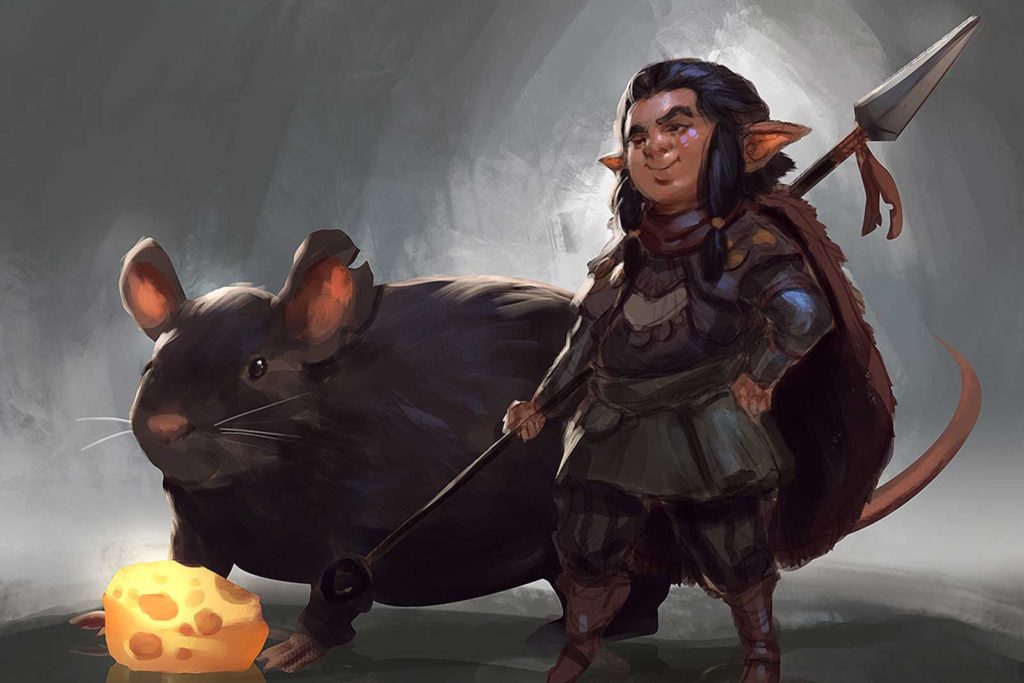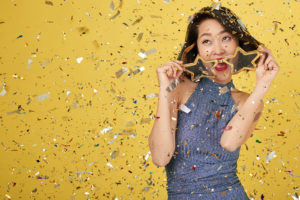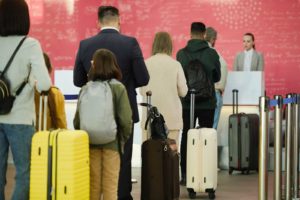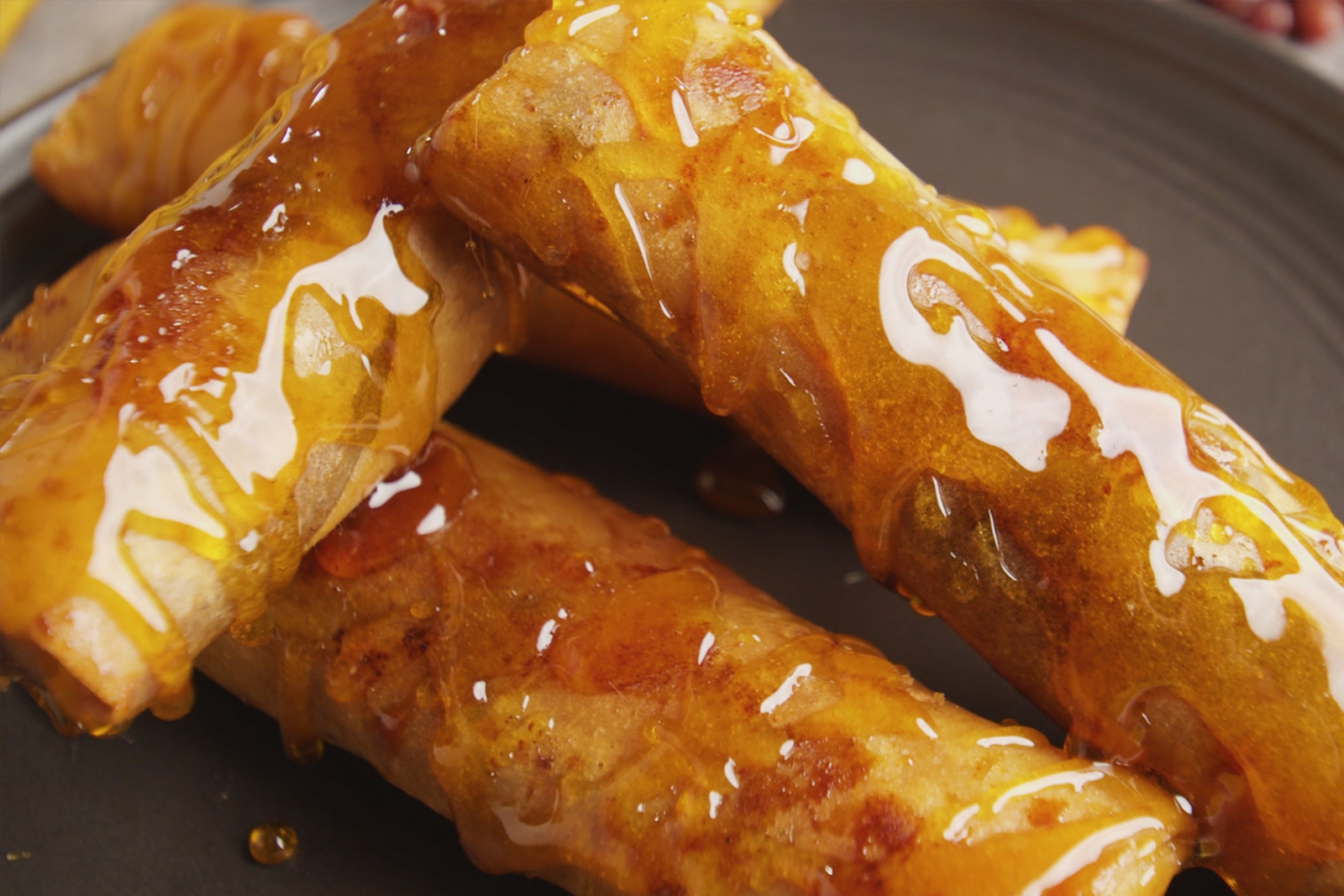
It’s easy to blame the supernatural. When I misplace my phone or keys – which is more often than I’d like to admit – I say the same thing: the duwendes have got it. I end my search only to pick it up again a few hours later. By then, my things will pop up somewhere all eyes can see – as if it’s been there all along.
It’s become a knee-jerk reaction, something I just brush off. Duwendes are tricksters. You coexist with them in every residence. I forget that, like most supernatural creatures, you don’t want to get on the duwendes’ wrong side. When I do remember, there’s another knee-jerk reaction that unveils itself: saying tabi-tabi po.

Whenever I find myself entering a small clearing full of wild grass and trees, I whisper it under my breath. Then, I make sure to give earth mounds a wide berth. As much as possible, I wanted to keep myself away from the duwendes’ wrath.
When I do remember, there’s another knee-jerk reaction that unveils itself: saying tabi-tabi po. Whenever I find myself entering a small clearing full of wild grass and trees, I whisper it under my breath.
But Why?
On text, duwendes seem pretty harmless. In Ramos’ Creatures of Lower Philippine Mythology and Ruiz and Derasin’s Dili ingun natu as wardens of nature, duwendes are in the same category as dwarves. Duwendes stand only a few feet tall and can reach a human being’s knees at most. Their high-pitched voices contrast their flowing white beards and aged skin. Their clothes are colorful – all boots, pointed caps, and thick shirts. Most do no more than play with your things. Play your cards right, and you might even get a reward if you appease them. Leaving them food offerings usually does the trick. You’ll be blessed with gold and gifts.
But there are also malevolent dwendes or black dwarves.

These are the ones you want to steer clear of. You don’t want to destroy their habitat, and I can assume that a quick kick to a mound of earth can turn even the friendliest duwende into an evil one.
In Eugene Evasco’s Sa Pusod ng Lungsod: Mga Alamat, Mga Kababalaghan Bilang Mitolohiyang Urban, various kinds of duwendes pop up. He classifies them as lamang-lupa or gnomes, and each type has a reason to get you.
For example, he outlines two duwendes in Ilocos: the batibat and the ansitisit. The former chokes greedy, gluttonous people in their sleep, while the latter becomes enraged at dust at night. Perhaps one that I am most familiar with is the ca-i-i-ba-an, a duwende that exacts its revenge once you step on its mound. The duwende makes the culprit sick with no cure possible.
Disturbing a duwende’s habitat in any way is a big mistake, so the custom of saying “tabi-tabi po” was born. As long as you excuse yourself and make your presence known, the duwendes consider it as a form of respect.

Aside from living in earth mounds, some duwendes take residence in trees and houses. In the same document by Evasco, a duwende was enraged with children and men urinating and playing on his aratiles tree. A man’s daughter came down with an unexplainable sickness.
Disturbing a duwende’s habitat in any way is a big mistake, so the custom of saying “tabi-tabi po” was born. As long as you excuse yourself and make your presence known, the duwendes consider it as a form of respect.
However hopeless the situation may have seemed, they were saved. Mang Tony, the girl’s father, managed to strike up a conversation with the duwende and apologized. He promised two things: one, that no one would disturb the aratiles tree under his watch, and two that he would provide offerings of food and liquor.

The Stories Told
Aside from my things popping in and out of existence and me blaming the duwendes, I haven’t seen them myself. But I have heard many stories. For some reason, the duwendes are one of the most common creatures my family has seen.
Our home in Pasig City, for one, had multiple duwendes. My mom had turned around one day to see tiny creatures arguing in the kitchen, and she could only back into her room in response. In Las Pinas, my grandfather had angered a malevolent one by urinating near a tree and came down with fever for a week.
The power of prayers, my grandmother claimed, had saved him.
There’s an unshakeable belief in these creatures I had absorbed growing up. I’ve stopped bothering to question it. My phone and keys went somewhere all this time, and I like to believe I’m more organized than I think.
As far as I’m concerned, the duwendes can have their fun.
References:
Sa Pusod ng Lungsod: Mga Alamat, Mga Kababalaghan Bilang Mitolohiyang Urban, Eugene Y. Evasco (2000)
Dili ingun natu as wardens of nature, Elvin E. Ruiz and Carmel Vip C. Derasin (2019)
Creatures of Philippine Lower Mythology, Maximo Ramos (1990)
House Blessings and the Removal of Spiritual Dirt, Chloe Evans
























